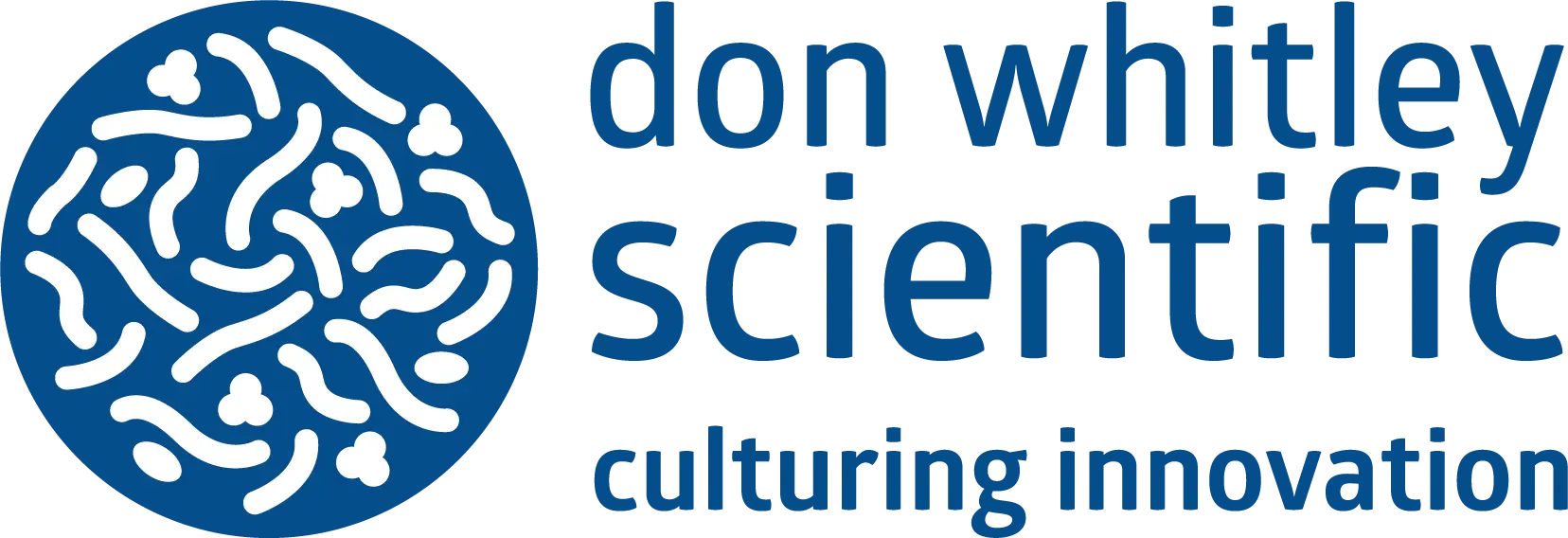
At DWS, we value new research that aims to improve public health and encourage new strategies and treatments. Therefore, we would like to shine a spotlight on some of the new discoveries in microbiology which have utilised a Whitley Anaerobic Workstation to facilitate their findings.
|
Metagenome-guided culturomics for the targeted enrichment of gut microbes A study conducted by Armetta et al., combined deep whole-metagenome sequencing with culturomics to selectively enrich for taxa and functional capabilities of interest. Combinations of media modifications were revealed to further enhance the targeted enrichment of taxa and metabolic functions, such as Collinsella aerofaciens, or strains possessing biochemical pathways involved in dopamine metabolism. The Whitley A95 Anaerobic Workstation was used during sample collection and preparation where faecal samples were taken from six healthy adult participants and incubated at ambient temperature. |
 |
 |
Microscale analyses of the effect of arginine on oral biofilms
In a recent paper by Assar et al., it was uncovered that arginine supplementation impacts biofilm pH, microbial composition, and the composition of the extracellular biofilm matrix in a complex, saliva-derived biofilm model. The presence of arginine in the growth medium led to the formation of biofilms with fewer acidogenic bacteria, and an extracellular matrix that contained more extracellular DNA and less carbohydrates. Pulsed arginine treatment did not result in microbial community shifts. However, pulsed arginine treatment did lead to a rise in biofilm pH that was not dependent on a microbial community shift, and that prevailed several hours after the last treatment pulse.
The Whitley A35 Anaerobic Workstation was utilised during the saliva collection and biofilm growth. Stimulated saliva was collected from healthy volunteers, pooled and used as the inoculum for biofilm growth, before being placed under anaerobic conditions inside the A35 Workstation. |
|
A gut-on-a-chip incorporating human faecal samples and peristalsis predicts responses to immune checkpoint inhibitors for melanoma
In a recent study by Ballerini et al., it was found that epithelium-specific biomarkers and microbial factors correlate with clinical outcomes in patients with melanoma and the microbiome of non-responders has a reduced ability to mitigate cellular stress and self-renew.
The Whitley A45 Anaerobic Workstation was used as part of this study during the evaluation of the response to faecal material from healthy donors or patients with melanoma. The Whitley Workstation facilitated the preparation of faecal samples from healthy donors or patients with melanoma and the co-culture with complete epithelial constructs. |
 |
If you'd like to read these papers in more detail, or for more scientific papers, please check out the DWS Published Paper Database now.
References
1. Armetta J, Li SS, Vaaben TH, Vazquez-Uribe R, Sommer MO. Metagenome-guided culturomics for the targeted enrichment of gut microbes. Nature Communications. 2025 Jan 14;16(1):663.
2. Assar S, Kristensen MF, Del Rey YC, Lund MB, Raittio EJ, Schramm A, Meyer RL, Schlafer S. Microscale analyses of arginine’s effect on oral biofilms. Journal of Dentistry. 2025 May 29:105863.
3. Ballerini M, Galiè S, Tyagi P, Catozzi C, Raji H, Nabinejad A, Macandog AD, Cordiale A, Slivinschi BI, Kugiejko KK, Freisa M. A gut-on-a-chip incorporating human faecal samples and peristalsis predicts responses to immune checkpoint inhibitors for melanoma. Nature Biomedical Engineering. 2025 Jun;9(6):967-84.


 au
au

 English
English